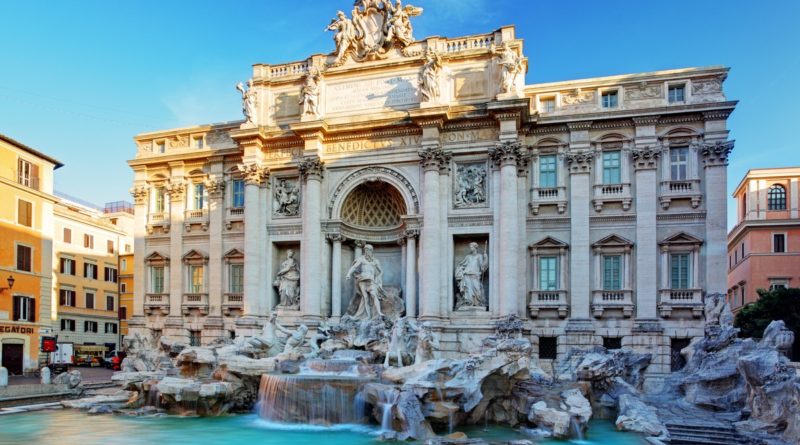Rome trip: Fontana di Trevi
During our visit to Rome, students took on the role of tour guides. Each student introduced a specific monument to the group, focusing on three key areas:
- The history of the monument
- The monument’s relevance today (its influence on current culture, language, architecture, etc.)
- A fun fact or an interesting story
In this blog post, we share Anastasia’s take on the Fontana di Trevi.
Fontana di Trevi
architect: Nicola Salvi
date: its construction started in 1732 with Nicola Salvi as an architect and Gian Lorenzo Bernini as a designer, and after Nicola’s death in 1751 was continued till 1762 by Giuseppe Pannini. It took 30 years to build the fountain.
place: The fountain stands at the end of the Aqua Virgo, an ancient aqueduct that dates back to 19 BC, built to provide water to the city. The name “Trevi” is derived from “Tre Vie,” meaning “three roads,” referring to the junction where the fountain is located.
materials: travertine. was quarried from the town 19 miles away from Rome. it was used in many monuments and buildings in ancient Rome.
meaning: The central figure of the fountain is Neptune, the god of the sea, riding a chariot pulled by two sea horses. Each horse represents a different mood of the sea—one is calm and obedient, while the other is wild and unruly. This vivid depiction symbolizes the contrasting natures of the ocean.
traditions: One of its most beloved traditions is the coin toss. Legend has it that if you throw a coin with your right hand over your left shoulder into the fountain, you are ensured a return trip to Rome. An estimated €3,000 is thrown into the fountain each day, which is collected and donated to charity.
Another interesting fact is that the water in the fountain is considered non-potable, despite its pristine appearance.




